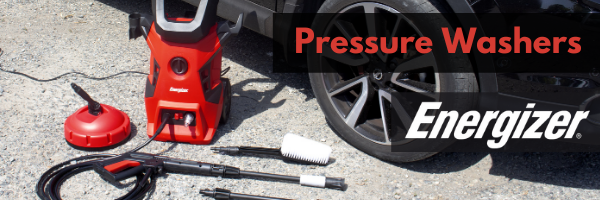The secret to a greener lawn?
@markloveday shares tips for common lawn problems

One of the most common problems sent to me this time of year are from garden owners with established lawns who struggle to keep them looking spring-green fresh. The answer? Getting some early spring attention to spot and address problems as soon as conditions allow.
Lumps, Bumps and Hollows
Over time, ground moves and sinks, creating bumps and lumps. If the problem is mild, you can patch up the ground by sifting fresh compost or ground soil over to even it out. You can do this directly over the existing grass – but only a thin layer to permit the grass from growing through. If one thin layer is not enough to even the lawn, you can repeat the process every few months over the course of the year, adding as many layers as needed until the ground is completely even.

For deeper hallows if you have less patience to repeat the ‘thin layer’ method above. You can remove the turf over hollow ( if there is any left ) then fill the hollow or hole with compost or topsoil, bearing in the mind the soil will compact after, I would add few inches extra. You can then re-plant the lawn cut out or adding a fresh patch of roll-out lawn, treading the ground well and ensuring a flush fit with surrounding lawn. The same process can be applied if you have lawn bumps you need removed – but removing the excess soil from the bump.
Lawn Problems: Edges and Borders
With wet conditions and harsh winter conditions, collapsed edges or blurring of lawn edges is often a problem. A neat tip to get edges back to a sharp and clean cut is to dig out a square of lawn, lift it out and replace in the same spot after turning it around, so the lawn now has a solid edge with a hole a few inches further back. Repair the hole by topping the soil and sitting a pre-cut piece of turf over the top, or re-seed. The best time to do is during peak growing season between March and April to ensure a fast recovery.
For borders and lawn edges that have lost definition or blurred over time, a simple solution is to compact the soil using a spade or half-moon iron. You can also get specialist lawn edge support made from various materials such as plastic, wood and metal.

Lawn Problems: Moss,lichen thatch ad Liverwort
One a dark and damp corner of my lawn, a dark secret lurks. I have actively encouraged the moss and liverwort to grow – for wilder, forest feel which I absolutely love. Liverwort has fantastic green colour which is quite attractive. The cousin of moss, liverwort grows well in shady and damp areas – where lawn can struggle, so I have chosen to embrace it.
However, these strange growths are not-so welcome elsewhere in garden and left alone will impede grass growth and soon take over. To get rid of these, start by raking moss or liverwort or using a scarifier. Moss and liverwort thrive in damp and grounds with bad drainage – to combat this, improve the soil drainage by springling bucketful of sharp sand per square meter, spiking the ground as you go along to encourage the sand to be absorbed by the ground.
Regular scarifying of your lawn is also recommended. This will remove unwanted thatch build up, moss and allow your lawn to breathe an encourage new grow. If your lawn still looks thin a month after adding sand or scarifying, re-seed the bare patched using a mix of topsoil and grass seeds.

Lawn Problems Bare and Burnt Patches
Just like a carpet, grass will wear out over time, especially in areas of frequent access or where it been walked over frequently. Wet and boggy ground can make the problem worse.
Whist turf repair can be done using rolled turf transplants or re-seeding areas, often the problem will re-occur as the lawn gets trampled on again. Embracing your habits is recommend – for example adding sunken paving slabs where your walking routes are.

For large areas and patches of lawns where cobbles or steppingstones are not suitable – reinforcing the turf with plastic mesh is an option. This will help keep the structure of the lawn and reduce stress when muddy or heavily used. ( Great if you have kids playing football!)
To apply the net, cut the grass to the shortest of you lawn mower setting, lay the netting over the grass and tightly peg it in place. Whilst you can get specialist netting for this, equally a DIY- heavy duty netting can be used. Apply a light top-soil dressing and wait for the grass to start growing through the mesh.

Do you have issues with you lawn? Ask Mark your turf questions and lawn problems for expert advice! @markloveday






